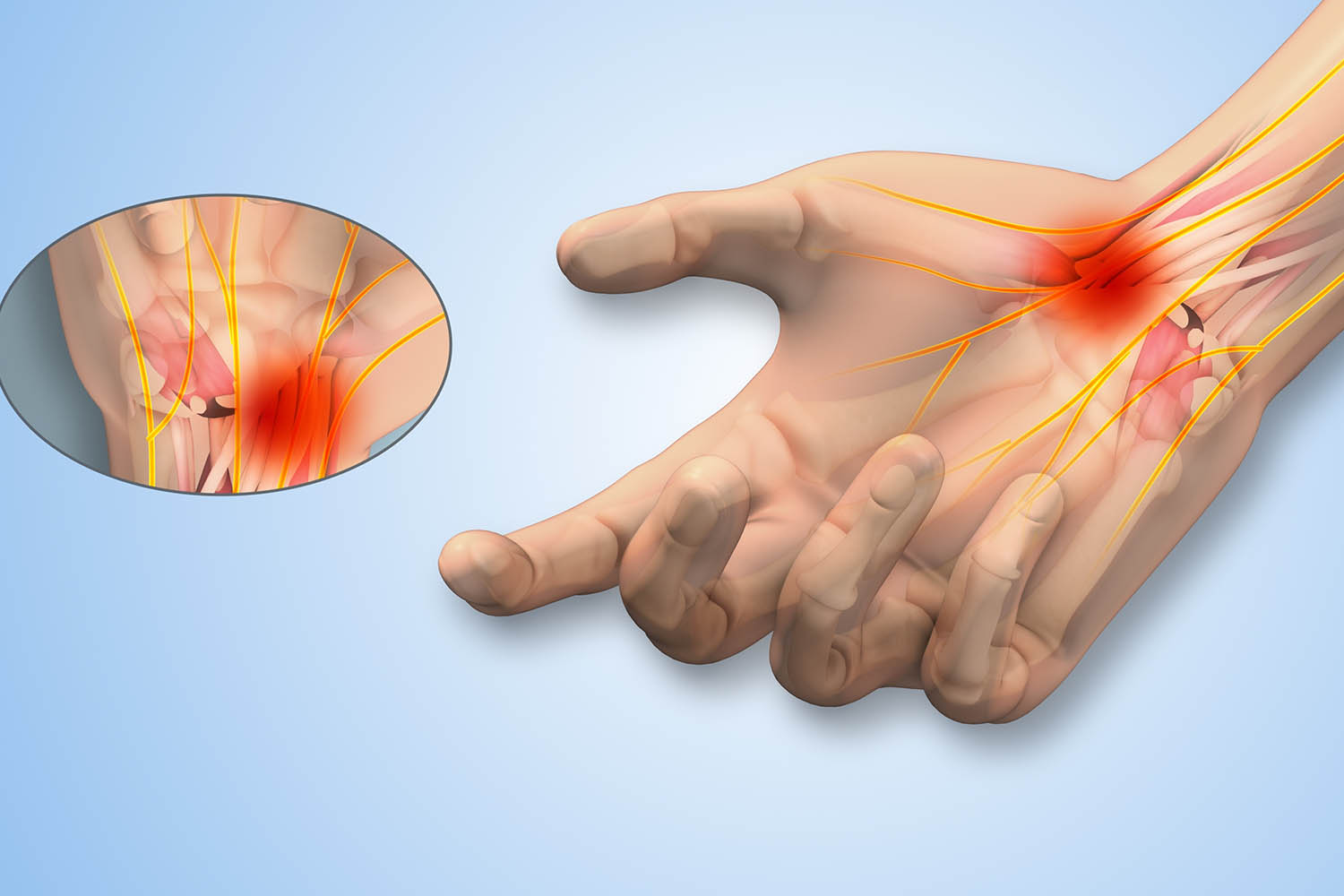Overview
Carpal Tunnel Syndrome (CTS) affects millions of people globally, causing pain, numbness, and weakness in the hand and wrist. For many individuals, conservative treatments such as splinting, medication, and physical therapy provide relief. However, in cases where symptoms persist or worsen, surgery may be recommended. Let’s delve into the key aspects of Carpal Tunnel Syndrome surgery, backed by research, to provide insight into this procedure and its potential benefits.

Understanding Carpal Tunnel Syndrome
Before exploring surgical options, it’s crucial to understand what Carpal Tunnel Syndrome entails. The carpal tunnel is a narrow passageway in the wrist through which the median nerve and several tendons pass. When the median nerve becomes compressed or pinched within this tunnel, it can lead to symptoms such as:
- Pain
- Numbness
- Tingling
- Weakness in the hand and fingers
These symptoms typically affect the thumb, index, middle, and ring fingers, and may worsen at night or with repetitive hand movements.
When Surgery Becomes Necessary
While conservative treatments are often effective in managing mild to moderate cases of Carpal Tunnel Syndrome, surgery may be recommended in the following situations:
Persistent Symptoms: If symptoms persist despite conservative treatments or worsen over time, surgery may be considered to alleviate pressure on the median nerve.
Nerve Damage: Severe or prolonged compression of the median nerve can lead to nerve damage and muscle weakness, necessitating surgical intervention to prevent permanent impairment.
Functional Limitations: Carpal Tunnel Syndrome can significantly impact hand function and daily activities. Surgery may be recommended to improve hand strength, dexterity, and overall quality of life.
Types of Carpal Tunnel Syndrome Surgery
There are two primary surgical procedures used to treat Carpal Tunnel Syndrome:
Open Carpal Tunnel Release: In this traditional approach, a small incision is made in the palm of the hand to access the carpal tunnel. The transverse carpal ligament, which forms the roof of the tunnel, is then divided to relieve pressure on the median nerve.
Endoscopic Carpal Tunnel Release: This minimally invasive technique involves making one or two small incisions in the wrist or palm. A thin tube with a camera (endoscope) is inserted through one incision to visualize the carpal tunnel, while specialized instruments inserted through the other incision are used to release the ligament.
Research Insights and Benefits of Surgery
Numerous studies have demonstrated the effectiveness of Carpal Tunnel Syndrome surgery in relieving symptoms and improving hand function. Research indicates that surgical intervention can lead to:
- Reduction in pain and numbness
- Restoration of hand strength and grip
- Improvement in fine motor skills and dexterity
- Enhanced overall quality of life
Furthermore, surgery has been shown to have a high success rate, with the majority of patients experiencing significant symptom relief and functional improvement following the procedure.


